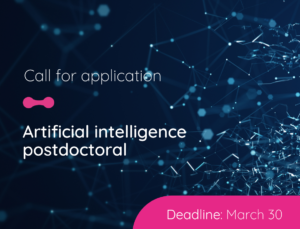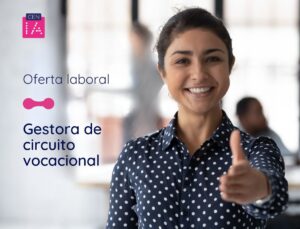A scientific paper on topological network analysis techniques, by Cenia researcher Pedro Saa, was published in the scientific magazine PLOS Computational Biology. Pedro Saa is an expert in metabolic engineering, and is dedicated to the optimization of bioprocesses and biosystems, as well as to the reconstruction, analysis and design of metabolic networks at the genomic scale. He is currently an assistant professor in the UC Department of Chemical Engineering and Bioprocesses, and at Cenia he participates as an associate researcher for the research line “Physics-based Machine Learning” (RL4).

The paper titled The topology of genome-scale metabolic reconstructions unravels independent modules and high network flexibility, developed by Pedro Saa along with researchers Verónica S. Martínez, Jason Jooste, Kanupriya Tiwari, Lake-Ee Quek and Lars K. Nielsen, was published by the scientific journal PLOS Computational Biology, which is well known for selecting cutting-edge investigations that develop new computational methods, some based on artificial intelligence technologies applied to biological systems.
For the engineer, publishing in this journal represents an opportunity to reach a wider audience with regard to topological network analysis techniques: “PLOS Computational Biology is a prestigious journal in the field of Computational Biology, in addition, they are in charge of the international challenge DREAM (Dialogue for Reverse Engineering Assessments and Methods), which seeks to validate new computational methods that are developed by solving a series of challenges and problems with real applications in the field of biology”, adds the researcher.
The paper published by Pedro Saa used mathematical techniques based on topological analysis of networks to find emerging patterns that account for its organization and behavior. “In this particular work, we use these patterns to enrich the prediction of levels of gene co-expression on a global scale, which is a persistent and recurring problem in biology. The techniques developed here are an opportunity to improve our understanding and analysis of neural networks to allow us, for example, to optimize their architecture,” he concludes.







